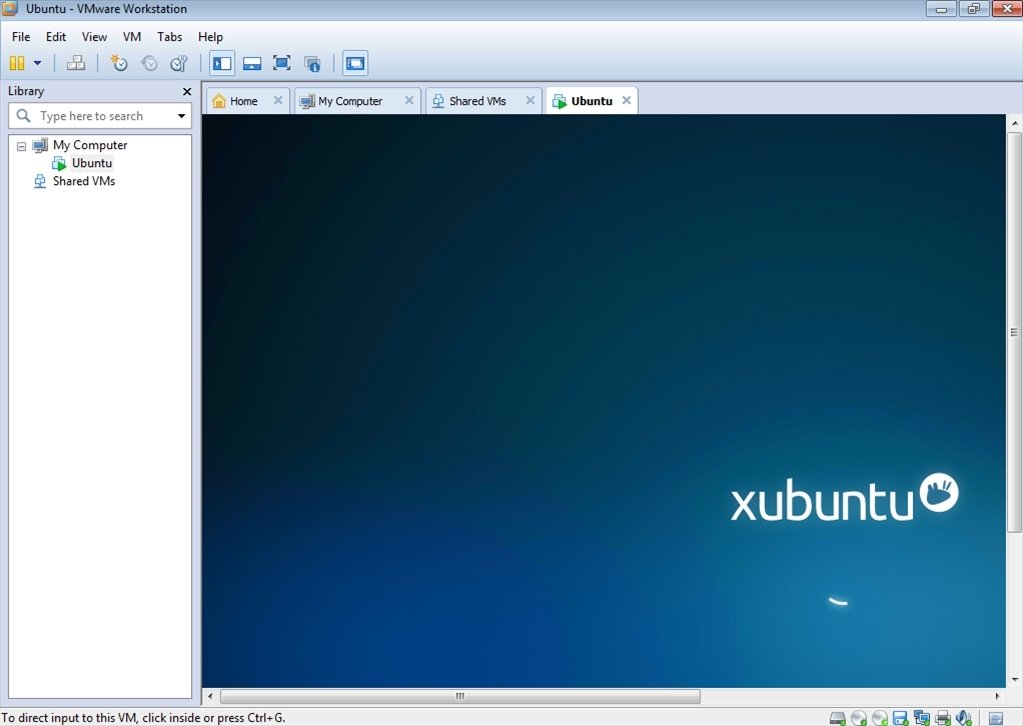

Bottom lineįor the more intensive VM user, going with VMware Workstation Player is a smart call. Guest OS support extends to Windows, Windows Server, and Linux, and while you might run into some compatibility issues with some Linux distros, on the whole you can expect to have a good experience. But while Hyper-V is fairly basic, it's user-friendly, and assuming you're not looking for advanced features like GPU acceleration, it's a perfectly good tool to use. That's probably the biggest negative, in that it's hidden (sort of) behind a paywall. Unfortunately on Windows 10 Home and Windows 11 Home you simply cannot use Hyper-V. Or it is if you're using the Pro version or Windows Server. If you're in need of a simple solution and you'd rather not tinker with additional software, there is of course Hyper-V, which is built into Windows 10 and Windows 11.

Performance is also really good, though one of the limitations of the free version is that you can only have one VM running at a time. At its heart, VMware Workstation Player is really easy to use, with some more advanced features if you want to dive a bit deeper. Workstation Player also provides additional tools like GPU virtualization, USB pass-through, and the VMware Tools plugins allow you to seamlessly shut down and suspend VMs without having to have them open. You may run into some compatibility issues on some hardware if you're trying to virtualize Windows (nested virtualization), but it's still absolutely possible, alongside any Linux distribution you can think of. Naturally, the more resources you have, the better your VMs will run, but even on a lower-spec machine, you're not excluded. Perhaps surprisingly, VMware Workstation Player also doesn't command particularly high-end hardware to run. But for the most part, it's basically the same. There are differences between the two, and there are some useful features, like snapshots, hidden behind the paid version. VMware Workstation Player is a completely free-to-use version of its desktop VM software, Workstation Pro. That isn't totally untrue, but it's far from being true.


You've probably heard of VMware and you probably assume it comes with some fairly hefty price attached. Some useful features hidden behind the paywall


 0 kommentar(er)
0 kommentar(er)
